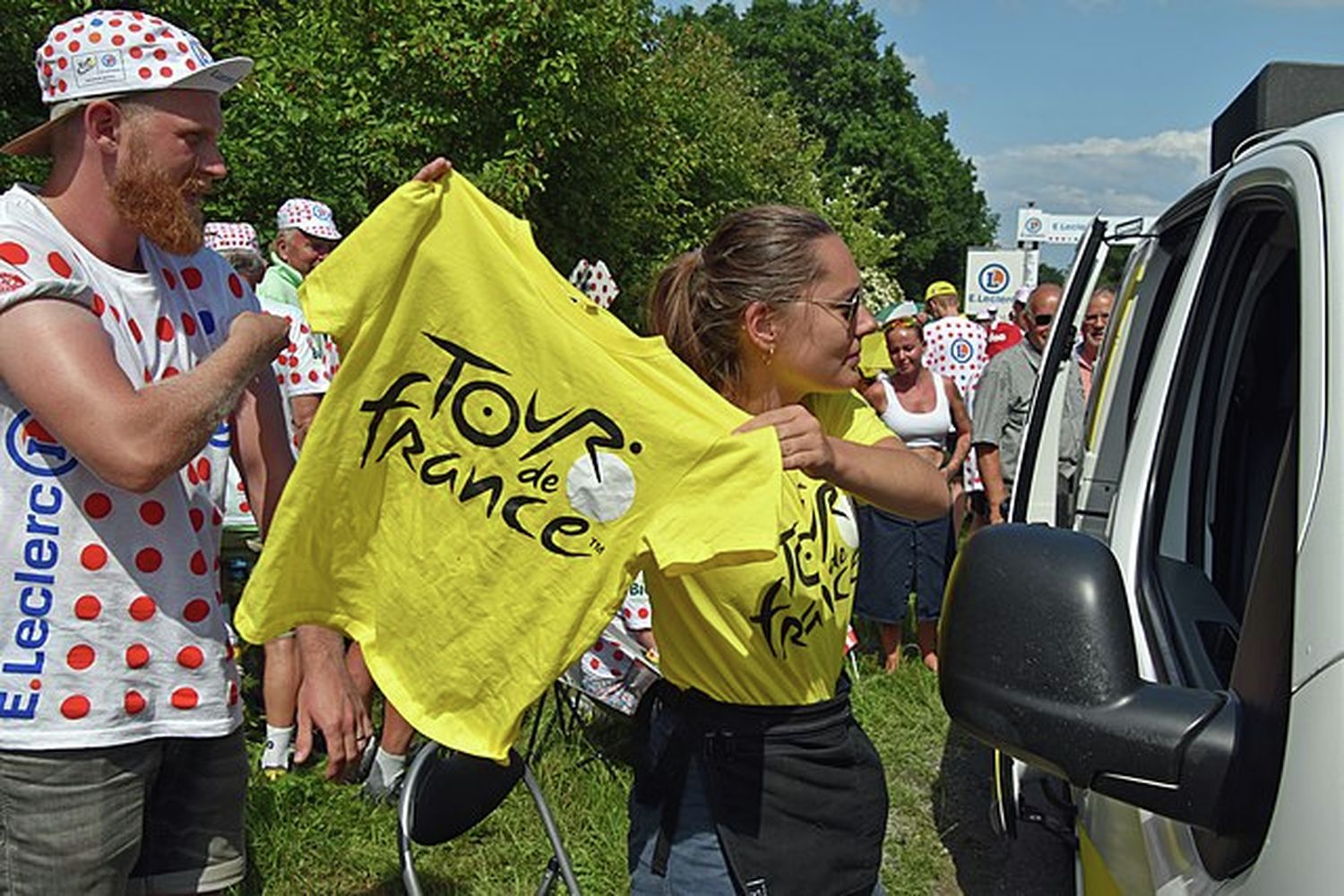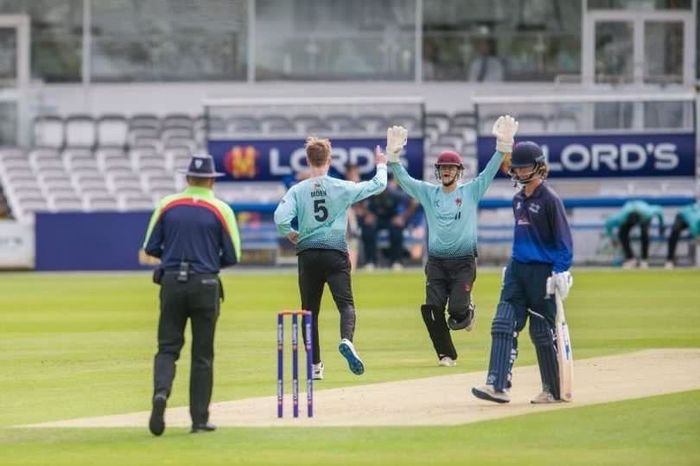The Tour de France has evolved significantly over its 109 editions. Previously, for instance, in the post-war period, the race focused heavily on mountain top finishes to embellish the spectacle. ‘Le Tour’ garnered the adoration of fans worldwide; it was an age of legends, rider against rider racing on instinct. Merckx and Gimondi, Anquetil and Poulidor, Simpson and Hinault, eyes locked, crawling up Alpine passes. It was gladiatorial, and only one rider could escape the lions and go down in cycling’s storied mythology.
Then the sport changed. Out went the steel frames in favour of space-age composites, the mid-stage vino became prescribed electrolyte, and the late-night celebrations swapped for 9pm bedtimes in climate-controlled hotels. By the time Team Sky’s ‘marginal gains’ philosophy had permeated the top level of the sport and percolated down to the average sportive rider, every centimetre of cycling had been quantised, modelled, and optimised in this age of technology.
As theoretically impressive and algorithmically optimal as it is, this pursuit of the fastest and most efficient racing isn’t what makes over a billion viewers tune their TVs every July. Rather, many would argue that this obsession has tamed the wild spirit of the race. Recent Tours have been decided in individual time trials (ITTs), where equipment and strategy counts the most, and riding with passion and flair will see you heavily disadvantaged – as they say, in the race of truth, the clock doesn’t lie.
But why wax lyrical about the glory days when the Tour was raced by freaks of nature with fire in their bellies? Because many had lost hope after years of ‘Sky-Trains’ neutralising the mano a mano combat of the mountains, and entire three-week races that could have effectively been copied and pasted (save for the occasional swap of a Froome here and a Wiggins there). Cycling seemed to be a slave to the numbers, a predetermined result accompanied by a 21-act pantomime. However, the 2022 Tour de France has firmly put those fears to bed.
Breaking out of relative obscurity on the summit finishes of the 2019 Vuelta, to his unforgettable Planche des Belles Filles TT that saw him take the 2020 Tour from Primož Roglič at the very last moment, Tadej Pogačar has stamped himself across cycling in his remarkable blossoming career. With his dominant display at last year’s Tour, which he effectively wrapped up by the first rest day, the 2022 Tour had appeared a formality, more a victory parade around Denmark & France for the young Slovenian. So much so, that the betting markets put him at odds three times shorter than the next rider. At the top level of a sport where a single percentage point between riders is cavernously wide, all the data from the season prior pointed conclusively at the victor.
“From the preceding data, it looked as if Pogačar’s climbing numbers would be unbeatable”
Nevertheless, even the best devised mathematical models cannot exhaustively describe the numerous factors at play in 3,328 kilometres of bike race. The General Classification, and hence the overall winner of the race, is decided when the road pitches up. The steeper the gradient, the slower the speed and the effectiveness of another rider’s draft quickly evaporates. Thereon in, the best riders battle it out almost entirely in terms of their power to weight (or Watts per kilogram).
Professionals spend gruelling hours in the winter, albeit in a slightly less gruelling Mediterranean climate, building their form in a quasi-arms race with their rivals. If when it comes to July and the group of your closest competitors is motoring along at 6.5 W/kg on a 30-minute Alpine climb, and you can ‘only’ muster 6.4, you will soon find yourself going backwards when it really counts, and figuratively tumbling down the rankings. In simple terms, this is the model that has decided the Tour de France, and any other race that is punctuated by its summit finishes.
From the preceding data, it looked as if Pogačar’s climbing numbers would be unbeatable, and with the last two Tours to back it up, that he had the stamina to claim a third. But the models fall short in three main aspects: weather, team composition, and racing style.
The last three weeks coincided with perhaps the most severe heatwave Europe has ever seen. Asking riders to perform at their best in temperatures exceeding those inside the body is infeasible. Pogačar made a name for himself as a rider with grit, taking decisive victories over his rivals in the worst weather imaginable, undeterred by unrelenting rain which would make any sane rider retire rather than bomb down a wet twisty descent. On Stage 8 last year, he opened up a three minute gap whilst the rest of the race was trying to make it to the line upright. But his calm, cool visage in the coldest conditions is in stark contrast to his appearance in the forty-degree heat we saw this year; jersey unzipped, panting heavily and with pained expression, Pogačar was far from his usual self. The rider that had always pulled the punches quickly found himself on the receiving end of them.
Undoubtedly one of the best climbers, Pogačar’s incredible long climb performances are best characterised by his explosive attacks. When he is having a good day, he attacks, and not by gently riding away from his rivals, but by sprinting as if the finish is 200 metres away rather than a few kilometres. Opening up a gap this rapidly often leaves his rivals floundering to catch his wheel, and if they are able to close it, he launches again and again until the knockout blow. This isn’t a particularly well-kept secret in the cycling world. In fact, the punchy style that makes him one of the most exciting riders to watch is the very attribute that would be used to best him.
This year, Pogačar’s struggles in the heat, paired with an unrelenting campaign by Team Jumbo Visma, propelled Jonas Vingegaard to overall victory. Despite early setbacks with Roglič’s injuries, the team identified these weaknesses to break through Pogačar’s seemingly impenetrable armour, and strike successive blows in the mountains that saw Vingegaard ride into an increasingly insurmountable lead. Jonas was able to deliver a burst of power so immense that he opened up ten bike lengths to Majka, Pogačar’s domestique, who then in turn closed down the gap too quickly and ended up dropping his leader, who then appeared to go backwards into the mad crowds.
“Jumbo Visma’s real advantage lay in their team composition”
More than two minutes down, Pogačar was in a situation alien to him – on the back foot. The next day, Vingegaard and team-mate Roglič began to exploit his style of closing down every attack himself; what some might term his overconfidence. More than one-hundred kilometres from the finish, they alternated attacks, forcing Pogačar to close down every single one of them like a hamster trapped on a wheel. His own flair would drain his energy, leaving him to lose more time on the final decisive climb of the day where he had hoped to regain the lead.
But Jumbo Visma’s real advantage lay in their team composition; they equally lost riders like UAE towards the culmination of the Tour, but those they did have were of an exceptional calibre. Take Roglič, the man who lost the 2020 Tour to Pogačar on the final day, and a multiple Grand-Tour winner in his own right. Rather than lick his wounds when it appeared that his form was not that of Vingegaard’s, he instead turned to wreaking his revenge on the man that had wronged him two years ago; he single-handedly reduced the group from thirty or so, to just a handful, ejecting the best riders in the world as if they were standing still.
Yet Roglič wasn’t the star of the show. Enter a man who could have towed Vingegaard through hell and back: Wout van Aert. The Belgian army-knife who has won sprint stages, time trials, and the most brutal of mountain stages; a level of overall dominance unseen since Merckx. Having secured the Green points jersey fairly easily, Wout made it his goal to animate the race, being unanimously voted the ‘most combative rider’, all whilst helping Vingegaard put Pogačar under pressure, and eventually drop him on an HC climb that should not be his forte as a rouleur, cyclocrosser, and classic rider. There are no numbers to describe the benefit that Vingegaard’s team provided to him.
The fierce battle of Vingegaard and Pogačar was indicative of the race as a whole. This year saw one of the most aggressively raced three-weeks of all time, the fastest Tour in history, giving no time for any rider to catch their breath. Typically, a smattering of sprint stages give the competitors time to relax, letting a breakaway go on a short leash before an intense final hour. But it was a weak year for sprinters, the riders who haul themselves over the mountains for a chance to take victory on the flatter days. Fears of crashes in recent years and expected high winds in Denmark meant nervous teams picked up the pace throughout, leading to disorganised finishes where many of the fastest men were instead being swept up by the back of the race. Sprint stages are an important part of the race, but usually only provide ten minutes of excitement; but instead we had cobbles and firey tactics to glue us to our screens for entire afternoons.
Perhaps the real spectacle of the 2022 Tour wasn’t just the fierce battle for the top of the podium, but instead seeing how the sport has developed its riders into fantastic role models. Even when he appeared defeated, Pogačar refused to settle for second place, attacking Vingegaard at every opportunity; an enthusiasm that would eventually overtake his descending, causing him to crash on a technical corner having tried to distance Vingegaard. But Jonas, rather than use his rival’s mistake to open up a bigger time gap, waited and made sure that he was unhurt. The footage of Pogačar holding out his hand to his biggest rival to thank him is one that will stay with cycling for a very long time.
Personally, the 2022 Tour has been a renaissance, unequivocally the greatest Grand Tour in living memory. A reimagining of the unwritten rule book of the sport, a reinstallation of the excitement of yore following a drought of unpredictability. The infamous battles that have long been heralded, where rider fought rider in pure aerobic and anaerobic combat, are no longer just black and white photographs, but tangibly colourful modern images. The beauty in the rawness of bike racing is back, and I hope that it is here to stay.


